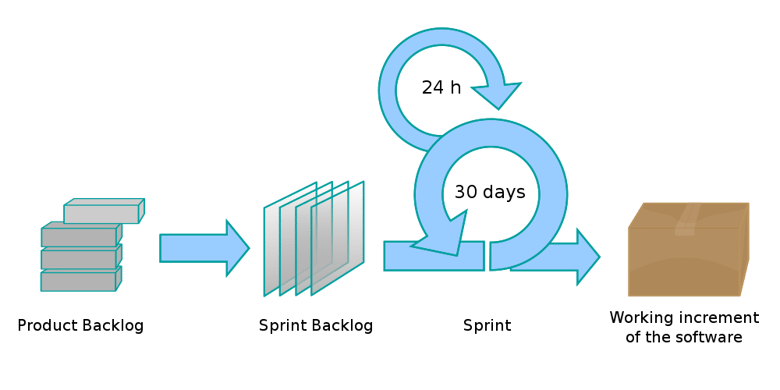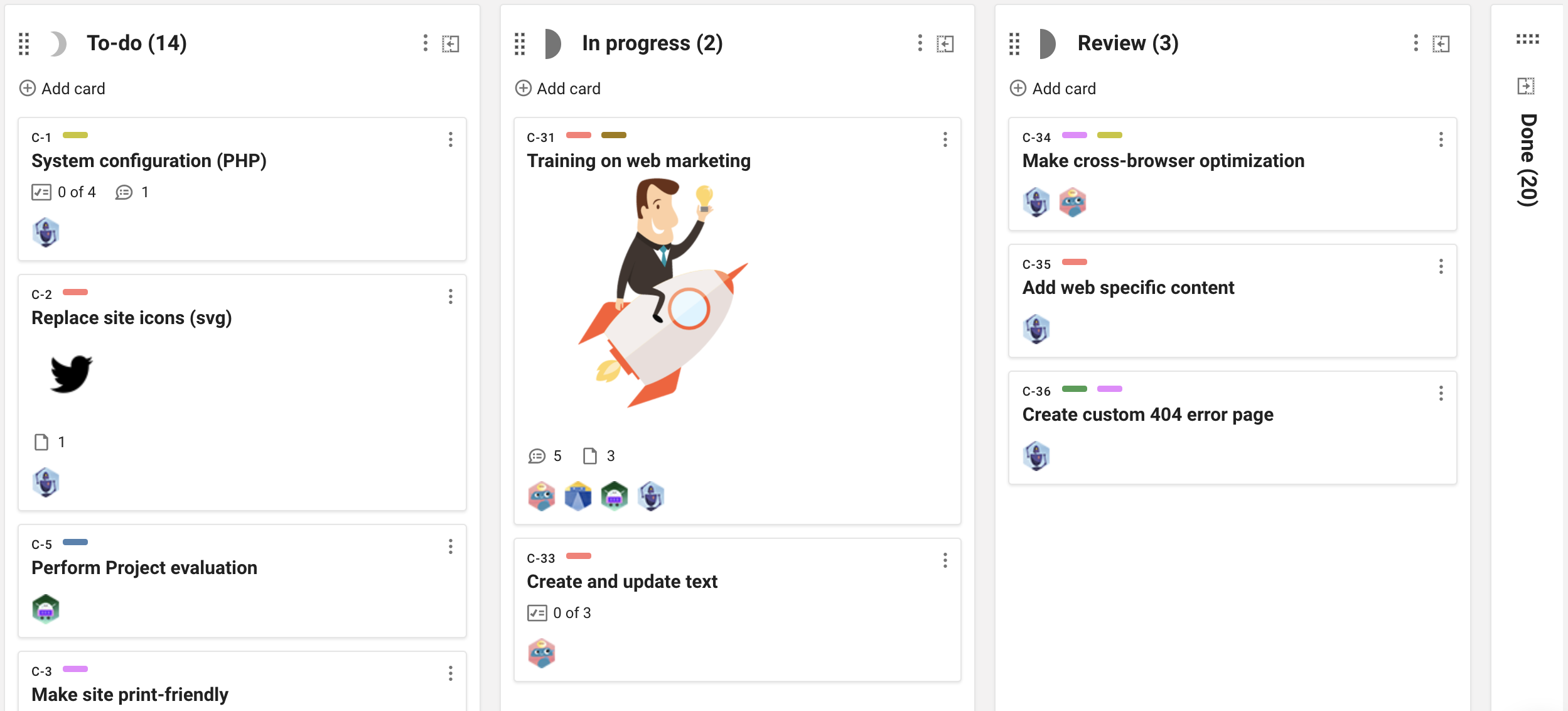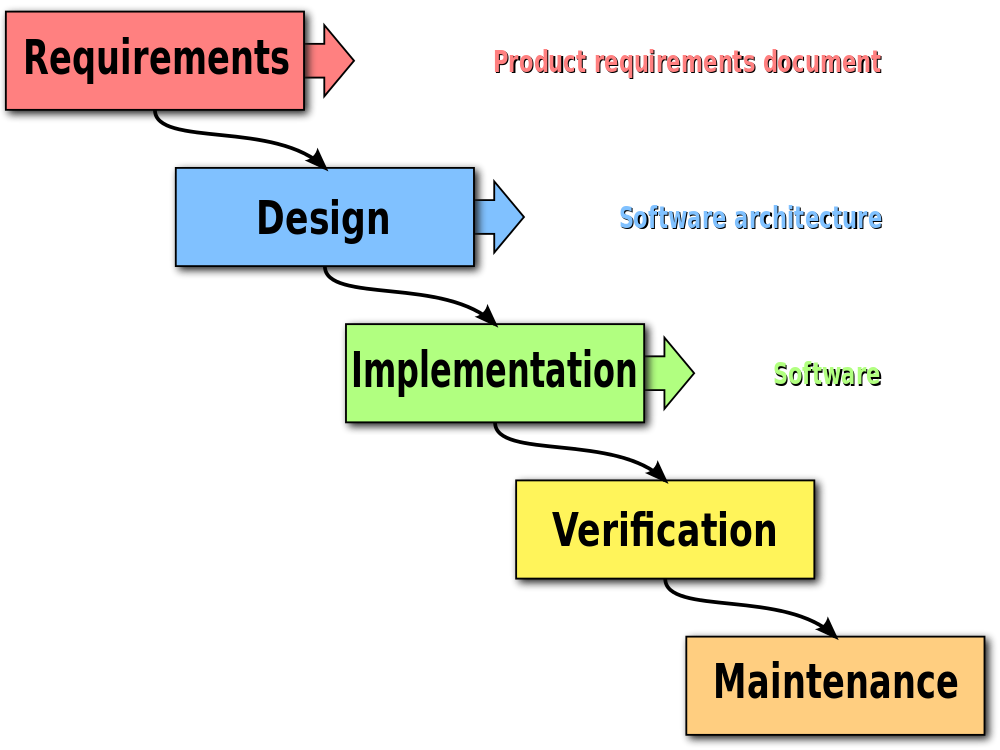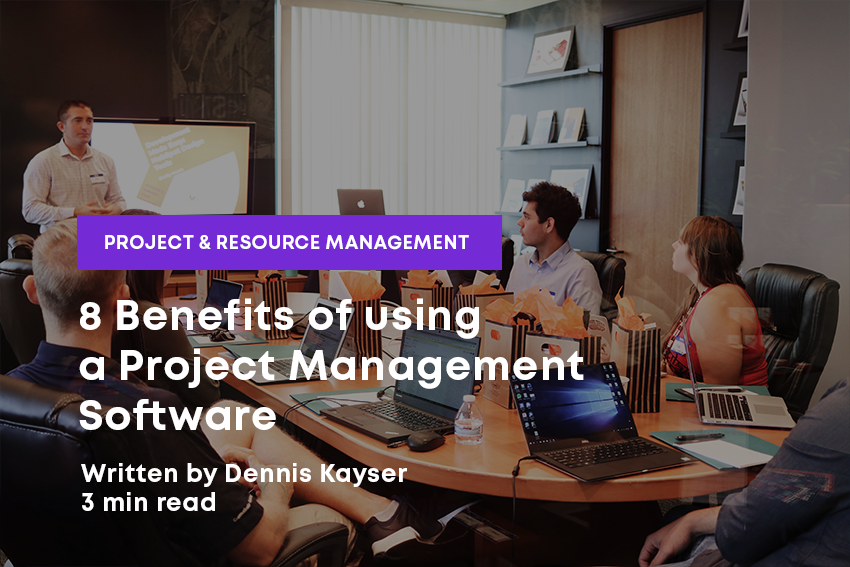Project Management Methods Explained

There are several different project management methods to choose from, and the best choice is not a given. No method is de facto the best. It all depends on your business, the type of project you’re running, and your team’s preferences.
We want you to be informed and learn how to use the best method for whatever project you’re undertaking. To do that, we're giving you the skills to choose, by informing you of some of the most well-known and recognized methodologies. In general there are two main categories of project management methods; Agile and Waterfall.
Agile Project Management
Agile is the incremental approach. This method is more flexible in the way that parts of a project can go through the process several times, and the project doesn’t necessarily complete at the implementation stage. Agile allows for changing requirements and adaptations during the whole project. The key component of the agile method is the backlog, which consists of all the tasks (i.e. cards or user stories) that are currently planned and in the project roadmap.
The backlog list is prioritized by importance, and gradually converted into sprints. Only one sprint is active at a time, and usually runs for a set number of days, often 14. The tasks from the backlog are added to the appropriate sprint, and often shown on a kanban board. The kanban board is where the actual work is carried out and tracked in a workflow that suits the project, e.g. to do, in progress, under review, done.
The task on the board can be further broken into smaller tasks (i.e. subtasks) to give more detail to what needs to get done, and for a more manageable implementation.
Agile projects do not necessarily have an end, and can thus continue for as long as there are new tasks and sprints to be implemented or maintained. Though, the project might have many milestones on the way, e.g. various release versions.
The agile method is thus most beneficial for projects which are expected to have many new project requirements coming in during the running project. An example is technology companies which often experience new feature requests, system upgrades, monitoring, maintenance, etc.
Scrum
Scrum is the best known method in the agile category. The Scrum methodology adds a few more processes to the project, incl. a daily max. 15 min. “standup” meeting (i.e. Scrum meeting). The daily standup meeting is meant to give a quick overview of the team's progress, how everybody is doing, and if anything is blocking their tasks. Often the questions are: What did you do yesterday? What are you planning on doing today? Is anything blocking your progress?
Additionally, Scrum, as part of the agile sprints, adds four other types of meetings. It might sound a lot, but in reality they're accumulating many of the meetings you would otherwise have every now and then to get back on-track.
Sprint planning meeting for planning the upcoming sprint at the beginning of the sprint. Sprint review meeting showcasing a live demonstration of the completed work during the current sprint. Sprint retrospective meeting on what went well, what could be improved for the next sprint, and if there are any actions that need to be taken? Finally, we have the Backlog refinement meeting with the goal of evaluating the quality of the current backlog, prioritize, and follow the connection between the tasks planned and the actual value perceived by the end-user.

The Scrum process
Kanban
Kanban is one of the simpler methods, and is often combined with other methods, but doesn't have to be. The word kanban is Japanese and means "card", and is basically a task with all its related details enclosed. Cards are moved around a kanban board designed to fit the project's workflow, but often following the phases of to do, in-progress, review, done.
Generally, kanban emphasizes a visual workflow, limiting the number of tasks in-progress to keep focus, having a clearly defined policy of processes, and a continuous management, enhancement and improvement of the workflow itself. Usually prioritization is managed directly in the 'to do'-phase, moving the most important tasks to the top, and thus naturally getting prioritized as work progresses.
Due to its relatively simple nature, it can be easily combined with other agile and waterfall methods to create the best possible setup for your projects.
 Example of a Kanban board from Forecast
Example of a Kanban board from Forecast
Scrumban
Scrumban is a hybrid model that takes parts of Scrum and Kanban which is both stable and dynamic at the same time. For a more detailed explanation of Scrumban check out our FAQ on 'What is Scrumban?'
Lean
The main concept of the lean project management method is to get the most possible value with the least possible waste. It tries to avoid bottlenecks, and thus increase growth and productivity. This method is often used in “on-request”-productions, e.g. car manufacturing. In lean the whole point is a consistent change of workflow so everything is performed as efficiently as possible.
Generally, there are 5 key principles to the lean approach. The first being to specify value from the customer's point-of-view. Secondly, identifying the value stream for each product, both value adding and non-value adding activities, from plain raw materials to the finished product. Thirdly, eliminating waste by maximizing value adding activities, again from the customer's point-of-view, while minimizing non-value adding activities. The fourth principle is to only build when the customer requests a product, and only deliver what's inside the scope. This is also known as JIT, just-in-time. Finally, the fifth principle is a continuous striving for perfection of the process.
Waterfall Project Management
Waterfall is the sequential approach, also known as the traditional approach. The main aspect of the waterfall approach is that it rarely goes backwards in the process. Meaning, when you reach the final phase of the project - the project is done. Waterfall projects are often seen in combination with the kanban board; to do, doing, done.
Waterfall usually moves through these five phases; requirements, design, implementation, verification, and maintenance. All links in the process of securing a final deliverable product.
The waterfall method is thus naturally more suited for projects which are not expected to have any further project requirements added, or significant changes made in general, during the running project. An example could be manufacturing, or construction projects. When the building is raised and done - the project is done.
Requirements mostly stay the same during the whole project, and the project is delivered at the end of the last phase.
In case of misunderstandings, or changing requirements, it will often be significantly more costly in matter of time and finances. The project would often need to go through the whole process, or at least parts of it, again. There is usually no immediate dialogue about the project, or potential changes, while it is being built.
On the contrary, if the requirements are very strict and precise, the waterfall method will often be less costly and faster at the implementation phase. There is no need to discuss, and everybody knows exactly what to do at any given stage. If you're done, you just grab the next task in to do.

The Waterfall process
Dedicated Methods
Scrum, Kanban, Lean and Waterfall are some of the main methods within the Agile and Waterfall categories, but they are of course not the only ones out there. If you're a software company and looking for a more dedicated method to match your projects, we have a comprehensive list of the most used ones specifically designed for software development here.
Like what you read? Here are some other articles you might also enjoy:
You might like to read these articles on our blog..
Subscribe to the Forecast Newsletter
Get a monthly roundup of productivity tips & hacks delivered straight to your inbox


